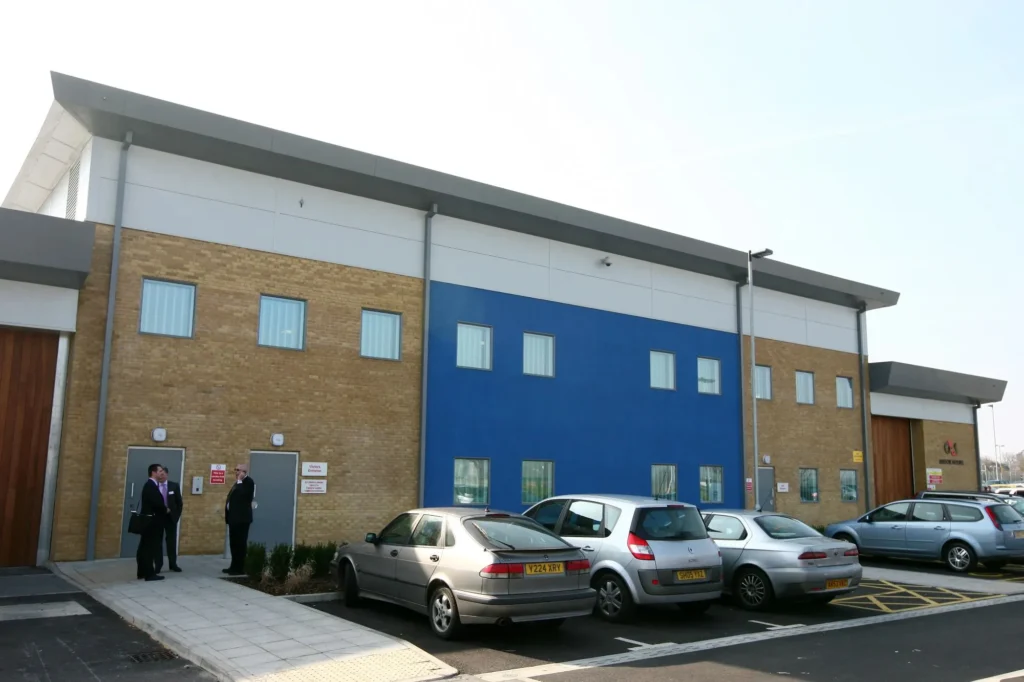Key Takeaways:
- Decline in Immigration Detention Usage: The UK’s use of immigration detention peaked at around 32,000 individuals in 2015 but has since decreased to approximately 16,000 in 2023.
- Current Detention Statistics: As of June 30, 2024, about 1,800 people were held in immigration detention, with the UK maintaining a detention capacity of around 2,200 beds, 77% of which were occupied.
- Detention of Children: The number of children detained for immigration purposes has significantly declined, from approximately 1,100 in 2009 to 18 in 2023.
- Duration of Detention: In 2023, 39% of detainees were held for more than 28 days, with no statutory upper time limit on detention duration in the UK.
- Financial Aspects: The average daily cost of detaining an individual was £122 in Q2 2024, and the Home Office paid approximately £12 million in compensation for unlawful detention in the 2023-24 financial year.
Immigration detention in the United Kingdom involves holding foreign nationals to manage their immigration status, typically in facilities resembling prisons. Unlike criminal incarceration, this is an administrative process overseen by the Home Office, with decisions made by civil servants rather than through judicial proceedings.
Purpose and Policy
The primary objectives of immigration detention include:
- Facilitating Removal: Detaining individuals pending their removal from the UK.
- Identity Verification: Establishing a person’s identity or the basis of their immigration or asylum claim.
- Preventing Absconding: Detaining individuals when there is a belief they may not comply with bail conditions.
Legally, detention should be a measure of last resort, used sparingly and for the shortest necessary duration. However, the UK does not impose a maximum time limit on immigration detention, distinguishing it from many other European nations.
Trends and Statistics
The use of immigration detention has declined over recent years. In 2015, around 32,000 individuals were detained, decreasing to approximately 16,000 in 2023. As of June 30, 2024, about 1,800 people were in detention, with the UK’s facilities operating at 77% of their 2,200-bed capacity.
Notably, the detention of children has significantly reduced, from around 1,100 in 2009 to just 18 in 2023, reflecting policy changes aimed at minimizing the detention of minors.
Duration of Detention
In 2023, 39% of detainees were held for more than 28 days. The absence of a statutory upper time limit in the UK has been a point of contention, with concerns about the indefinite nature of detention and its psychological impact on detainees.
Financial Considerations
The financial cost of immigration detention is substantial. In the second quarter of 2024, the average daily cost per detainee was £122. Additionally, in the 2023-24 financial year, the Home Office paid out approximately £12 million in compensation for unlawful detention, highlighting issues within the system regarding the legality and justification of certain detention cases.
Recent Developments
Recent incidents have raised concerns about the conditions and management of detention facilities. For instance, a 26-year-old man died at Brook House Immigration Removal Centre near Gatwick Airport in October 2024, following a previous death at the same facility in November 2023. These events have prompted calls from organizations like Amnesty International for a more humane immigration system and a reevaluation of detention practices.
Conclusion
While immigration detention remains a tool for managing immigration enforcement in the UK, its application has decreased in recent years. Ongoing debates focus on the ethical implications, financial costs, and the indefinite nature of detention, prompting discussions about potential reforms to ensure the system aligns with human rights standards and operates effectively and justly.










